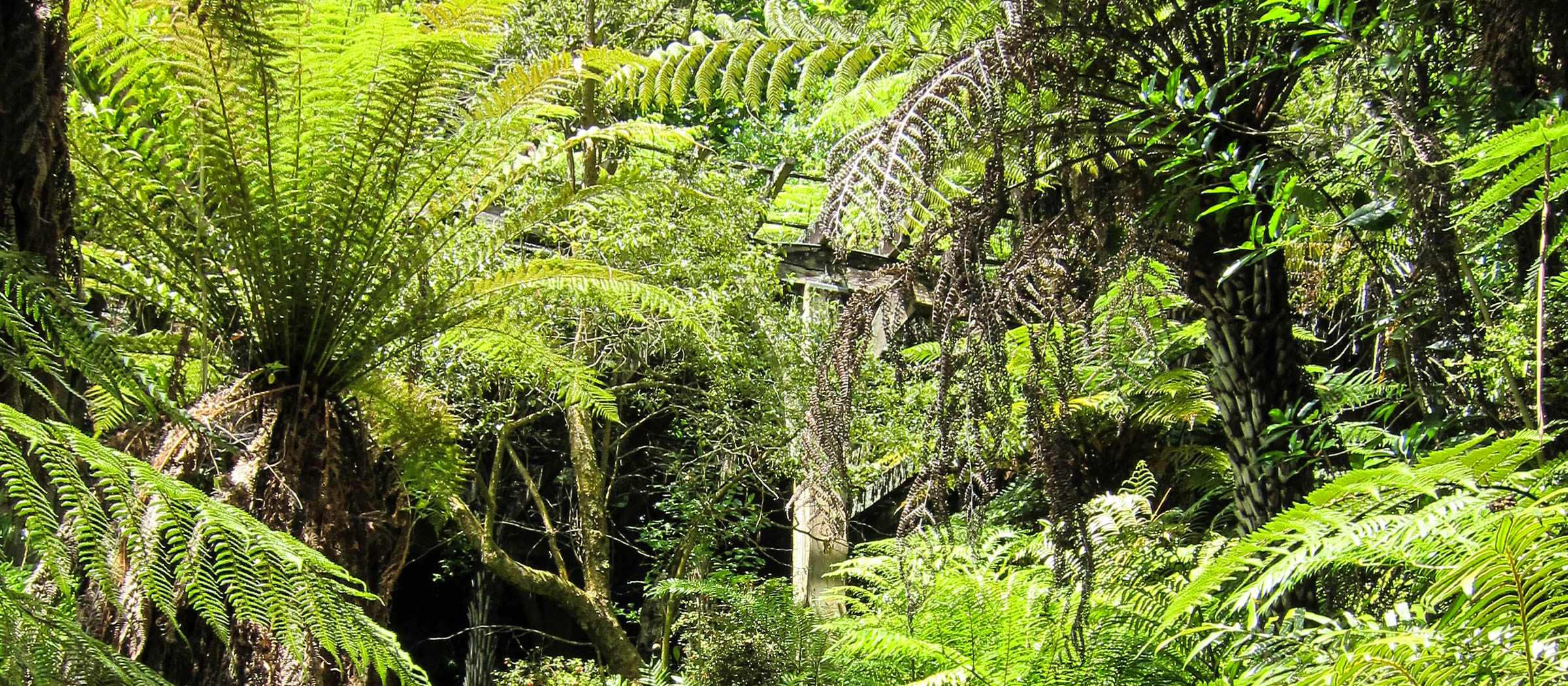Life With Plants: Erica Nathan

- Words by
- Georgina Reid
- Illustration by
- Georgina Reid
Erica Nathan lives in Hobart, working part time at the University of Tasmania. Her research background is in environmental history, with a particular interest in the cultural valuing of inland water. Erica has worked on projects which aim at softening the boundary between conservation and horticulture; encouraging access to our waterways; and celebrating less scientific interpretations of the natural world. Gardening is central to her life, which is evident in this delightful story.
“In this dry summer ants are herding wattle seeds to encircle their nests. All shiny and black, these seeds are dwarfed by forests of blue gum. Of course, I know my garden is more seed than forest in the big biotic scheme of things, but there are times when my planted suburban patch fills the world and more. Feeling this way explains why new eyes entering my garden don’t really see what I see. I stand naked in these moments for the garden is who I am.
There is such a huge backstory of choices made, ones from the heart, from childhood, from the self as environmental being in time and place. I try to read the stories of other gardens, huge or tiny, multi-layered, to situate the maker of visions in their moment of extended creation. I read these gardens as my daughter might read the clothes of an approaching pedestrian. You scoff, a little, at those following a fashion trend, perhaps from nursery-chain template or from designer haute-horticulture. Once your eye adjusts to the full hortus spectrum a window on the world opens wide.
Today I walked along the picket fence boundary of the abandoned zoo in Hobart. Overhanging the fence was a surprisingly bulky Kurrajong tree, littering the pathway of crushed granite with bell-shaped wonders all streaked purple-brown. It was once a Kurrajong that stretched to my bedroom window on the second floor to swoosh and swish the glass pane clean.
It was a tucked-up in bed kind of sound, whispering family fireside warmth. Only sometimes would the canopy rage making me fearful of the larger world.
I remember coming home to find it gone. Like other grand Australian trees planted in the decades of Marvellous Melbourne’s mansion building, this Kurrajong, along with the nearby firewheel tree that has survived, were once the perimeter plantings of a grand seaside estate. These specimens are dinosaurs now as subdivision ekes them out. The Kurrajong is not a tree I would choose to plant in my current garden, but there is delight time-travelling in such fine company, fallen flowers mustering upcountry spirits of old.
Raspberry canes do find room in my garden. They fruit before dry weather demands too much water from pressured rivers. Once, when picking from quite different canes, I felt the early contractions of labour as my second son chose a hot birthday. I remember the look of horror on my mother’s face as she saw wrigglers emerge from the ripe fruit that she guzzled while picking for jam. Babe, mother and grandmother all entwined.
Now my garden reaches out to nearby bushy parkland overlooking a city.
Local seeds have become big plants and small, housing a refuge for birds hunted by night. Podolepis jaceoides was the first seed collected. This is a latin name I love to chant while out there walking the wallaby tracks. Otherwise known as copperwire daisy, it is a friend of kangaroo grass, swathes of it all rusty orange when cut by the council slasher prematurely. The choice was not random. It echoes Western District and Tableland jaunts, bringing to the fore a history of land that we struggle to reconcile with our domestic places.
So, that begins to explain just two plants in my garden, and one not, a complex webbing of greenery that shadows my life. Ants, seeds, forest and garden intersect, boundaries dissolve, summer knits and unravels.
—




